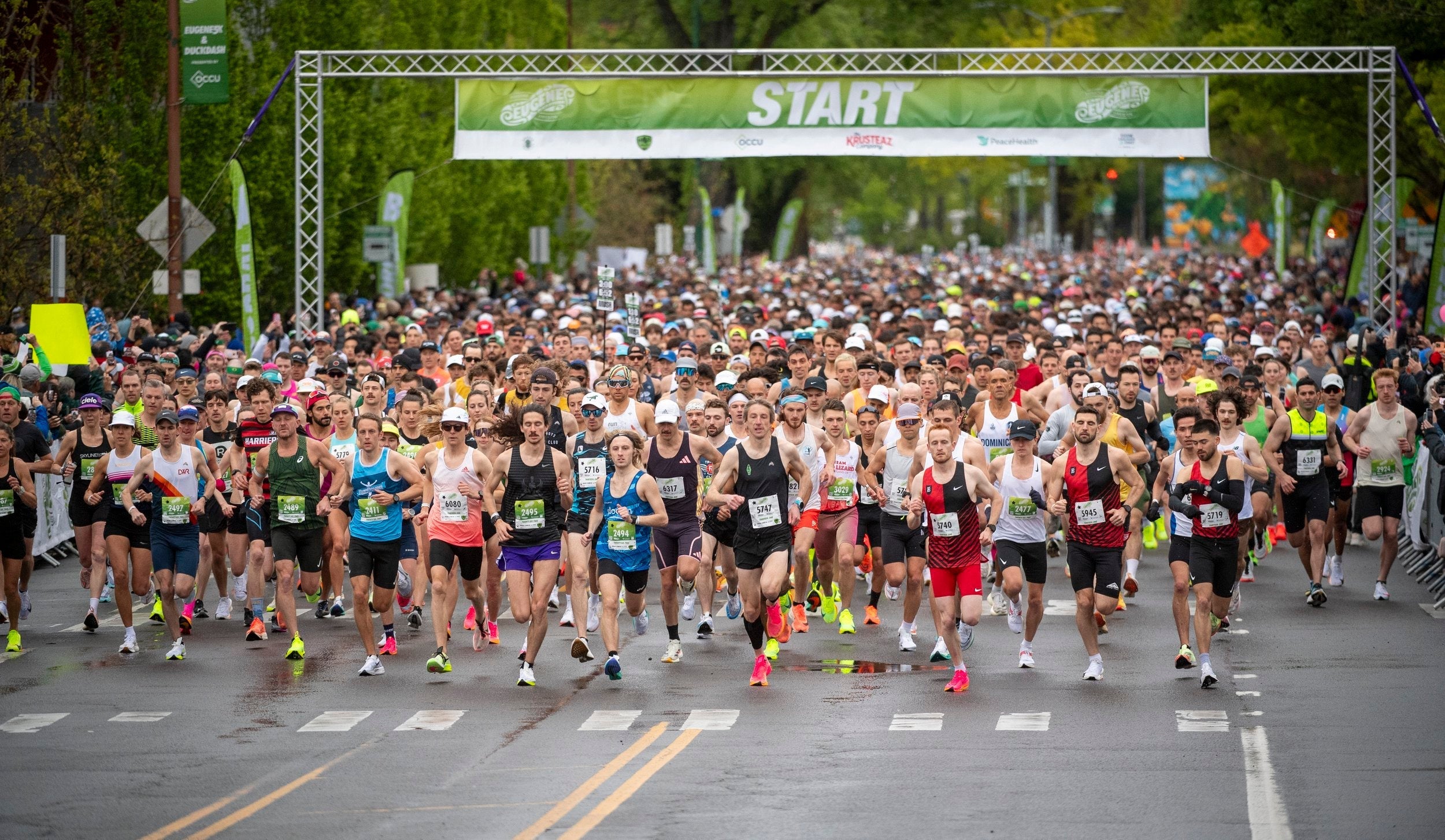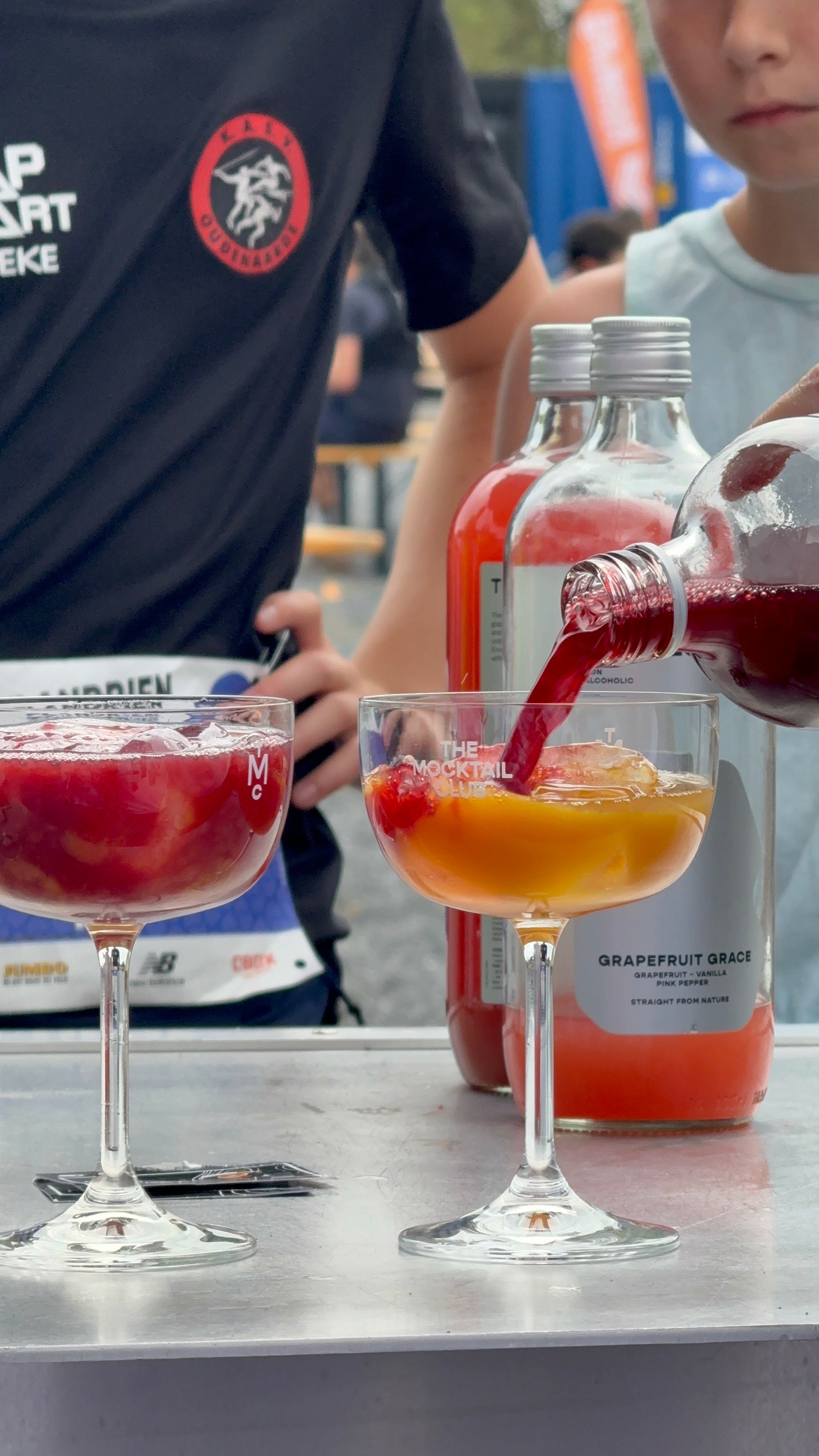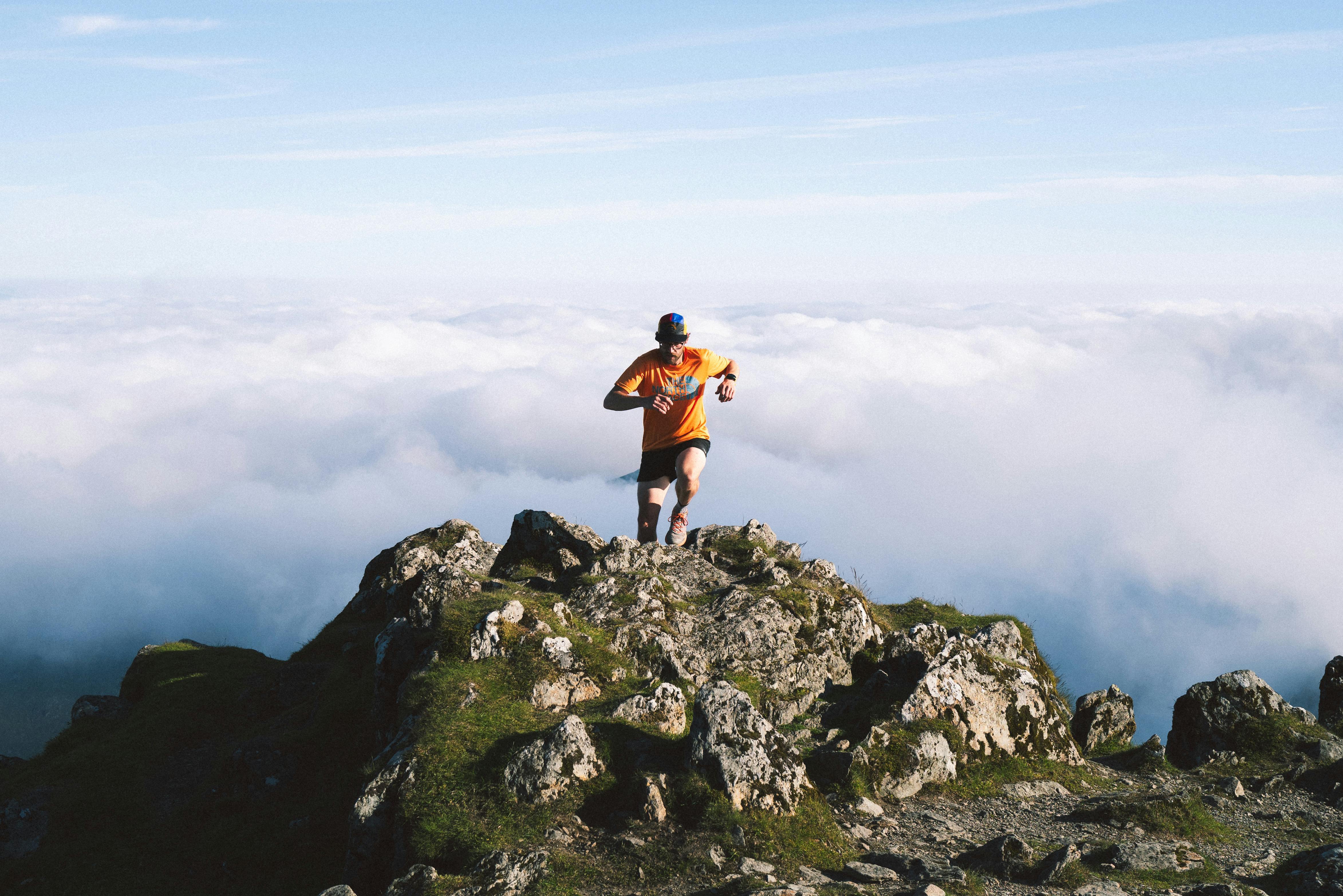|
We met Marcos Pascual earlier this month at UTMB Mallorca 2024, where he led the OLEUS social run. What unfolded was an inspiring story about chasing dreams and making them reality. We're thrilled to share his journey from aspiring to elite athlete, along with his top 10 trail run tips for training like a pro—all in his own words. |
Many amateur runners dream of becoming elite athletes, standing shoulder-to-shoulder with the very best. While most are content to just dream due to time constraints or seeing it as an impossibility, others choose to take action and turn those dreams into reality.

My name is Marcos, and at 31, I started running post-lockdown in Spain. Yes, I am among the many who discovered their passion for running right after COVID-19 hit. After training for three years, working with a coach, studying everything about the sport, and applying it, something clicked. I realized that my consistent training was paying off—I was getting faster, stronger, and more resilient. So, in December 2023, I told my coach I didn't just want to run; I wanted to compete at the highest level.
On January 1, 2024, I posted a video on my Instagram account (@SoyMarcis) declaring my intentions...and everything that followed has been incredible. The video went viral, attracting followers and supporters eager to see the process of transitioning from a popular athlete to an elite one. Skeptics also emerged, telling me it was impossible and that I would injure myself within months. I didn’t let it deter me, and I soon began documenting my daily process and sharing everything about the journey.

Almost a year has passed, and today, I’d like to share some of the fundamental lessons I’ve learned along the way. Here are my top 10 tips for training more effectively and efficiently:
1. Find a coach
While there's plenty of information online, it’s common to get frustrated and stagnate trying to manage your own progress. A coach provides an objective perspective without the interference of the athlete's emotions.
2. Prioritize endurance over intensity
Many amateur athletes try to improve daily by running faster or further. Instead, focus on training your thresholds, not your pace. Spend most of your time in aerobic training zones, reserving high intensities for specific moments. This is where a coach is crucial, helping to tailor your daily loads and goals.
3. Rest is training
This is an obvious but hard-to-follow point, as most amateur athletes juggle demanding 8+ hour jobs, family, and social life. Maximizing sleep and respecting rest days is vital to your progress.
4. Be mindful of your eating habits
Ideally, work with a nutritionist who can tailor a diet plan to your goals. If that's not an option, aim for a balanced diet rich in quality carbohydrates, proteins, fats, and plenty of fruits and vegetables, with water as your primary beverage. Limit alcohol and soft drinks to special occasions. The goal isn't to obsess over your diet, but to be mindful of what you consume and enjoy occasional treats without guilt.
5. Practice your nutrition strategy
As a long-distance runner, you need to train your body to handle fluids and carbohydrates while training. Knowing specific amounts of carbs per hour or water intake targets isn't enough if your body isn't conditioned to process them during exercise. Practice your nutrition plan during training to minimize digestive problems and avoid energy crashes on race day. Use your training sessions to test and refine your strategy, as there will always be unforeseen issues that affect performance.
6. Regular physio visits
Don’t wait until you’re in pain; try to go at least once a month, based on your means. For those aiming for elite status, this investment is necessary. I visit twice a month.
7. Use your calendar
Having a clear plan is essential if you want to perform at an elite level. The "I'll sign up as I go" approach won't work. Map out your season, calculate peak fitness periods for your main goals, and avoid overloading yourself. It's neither realistic nor healthy to perform at 100% in every race.
8. Train your mind
Mental performance is what sets you apart when competing at the elite level: the ability to endure suffering, resist the urge to walk, and push through cold and harsh conditions. My advice is to seek professional help—work with a sports psychologist. It's been a game-changer for me this year.
9. Have a strategy and stick to it
This might seem obvious, but it's something we all forget from time to time. Avoid overestimating yourself at the start line. Study the course, set realistic paces based on your training data, and plan every detail: aid stations, pacing, and when to push versus when to hold back. Avoid improvisation; make a plan and stick to it. For me, Antonio Martínez is a master strategist. While others burn out early, he starts around the 20th position with a clear plan, steadily works his way up, and consistently finishes in the top 3. He's a perfect example of following a strategy 100%.
10. Learn from others
Talk to other runners, elite or not, and soak up their experience. Running is more collaborative than it seems. Make friends, listen, experiment, train with others, and study both Strava data and athlete interviews. There's always something new to learn in this sport.
Final thoughts
I've probably left some things out, but I've done my best to cover everything in these 10 key points. Remember that genetic factors play a role, and that we need to be realistic about our expectations, but we can always explore our maximum potential.
Apply these tips as much as possible and, above all, enjoy the process. I do it day by day, and if it weren't that way, this adventure wouldn't be worth it. Whatever you do, be happy doing it.
See you out there!







